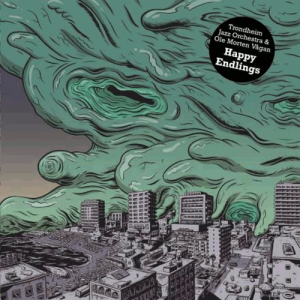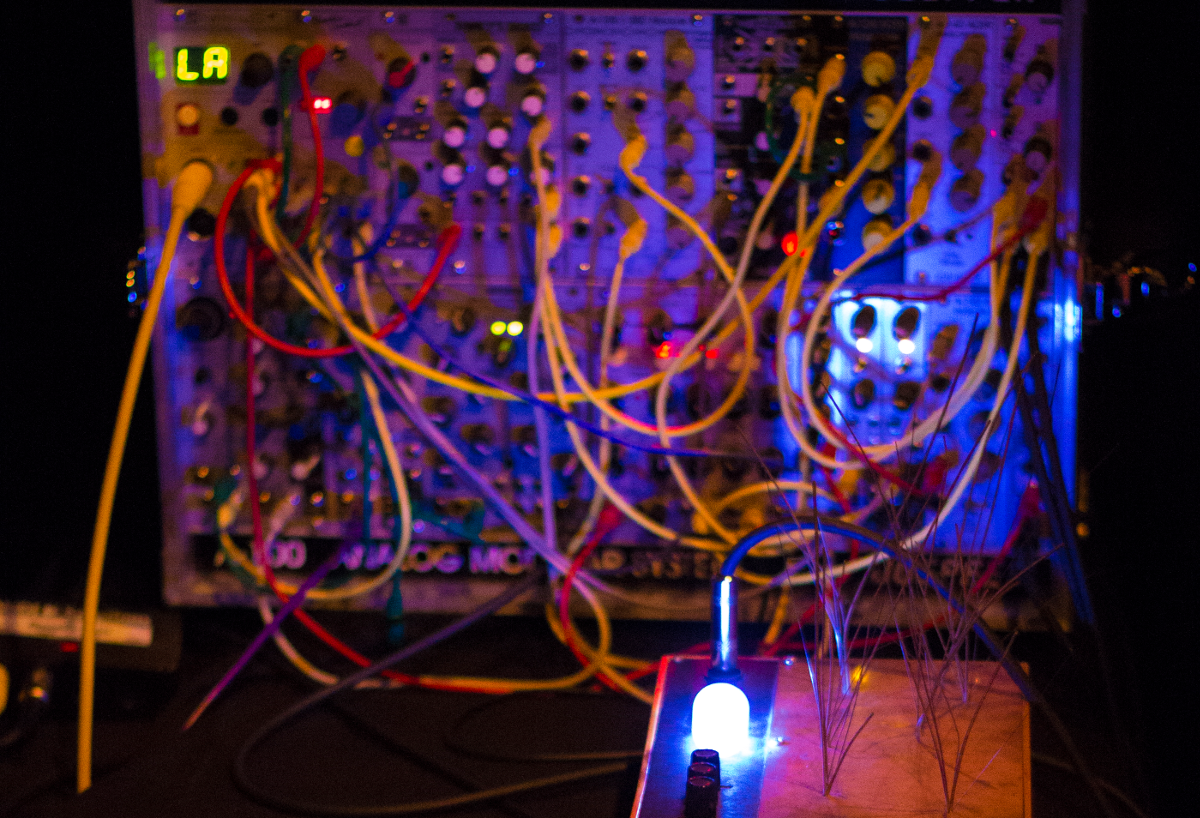 The Trondheim Jazz Orchestra is a many-headed beast that has been going since the early 2000s and changes personnel from one album to the next to keep their approach fresh for each collaboration. The orchestra draws from a collective pool of players, and it would seem that one particular member takes the reins for each release. This time around it is bassist Ole Morten Vågan, whose compositions are fleshed out by the sprawling thirteen-piece collective and an extraordinary undertaking it is.
The Trondheim Jazz Orchestra is a many-headed beast that has been going since the early 2000s and changes personnel from one album to the next to keep their approach fresh for each collaboration. The orchestra draws from a collective pool of players, and it would seem that one particular member takes the reins for each release. This time around it is bassist Ole Morten Vågan, whose compositions are fleshed out by the sprawling thirteen-piece collective and an extraordinary undertaking it is.
When you are starting with two drummers and three clarinet/sax players as well as trumpet, trombone, Hammond, piano and voice, you know that this is going to be something unlike the usual jazz outing, and in some respects is like trying to describe a Turner painting to a blind person. The sheer depth and scale of the undertaking is quite amazing, yet for all the players and their keenness to make themselves heard, there is room here for everybody and it does feel genuinely democratic.
Opener “Vilken Låt Ska Vi Inte Spela Nu” is a completely madcap introduction to this particular group. It has the expansive sweep of an orchestra, but some of the horns are tiptoeing while others are stomping. The drums shuffle and skip and the leer of a fairground organ pops its head up here and there. A piano picks its careful way through a gentle passage with the bass urging it along, trying to rush it when it isn’t necessary. The piano freaks out and at this point, Oscar Grønberg makes like Dave Brubeck having an epileptic fit while a tsunami of drums surges behind. Quite often this music is compared to the sort of thing that would have been used in cartoons years ago; but seriously, this is so anarchic it would flip the kids out and send them bursting into the garden. There is a motif in there somewhere to which the horns keep returning, but they lose interest and sneak off somewhere else.
Swedish soprano Sofia Jernberg adds voice to “Me Tar Sand, You Jane” and the romantic feel here has much more space. The wordless voice drifts in a gentle miasma of barely present sounds until the bass interjects and a motorik rhythm sets off. It surges against the duelling voice and horns, and during the quieter passages, a violin weaves its way through the scenery, its sweet tone sprinkling a little stardust, doing its bit like everybody else to support this endeavour. It is on the slow, strung out five minutes of “Un-Merry-Go-Round” that I am reminded most of a normal orchestra, but this is just a taster, a reminder that they can rein things in. “The Barrage Jam”, with its muted trumpet and easy flowing, irresistible rhythm, feels like a Thirties honky-tonk, the tone warm and welcoming with the inviting horns tottering and swaying around the rhythm like moths around a flame as Sofia leans over their shoulders, adding further texture.
I felt almost overwhelmed by the album at its close and genuinely gave a sigh of relief as silence reigned again. I can’t believe that anybody could push jazz any further, but I look forward to somebody picking up that gauntlet and it may well be the Trondheim Jazz Orchestra themselves, ever restless, incredibly inventive and on the strength of this, untouchable.
-Mr Olivetti-



